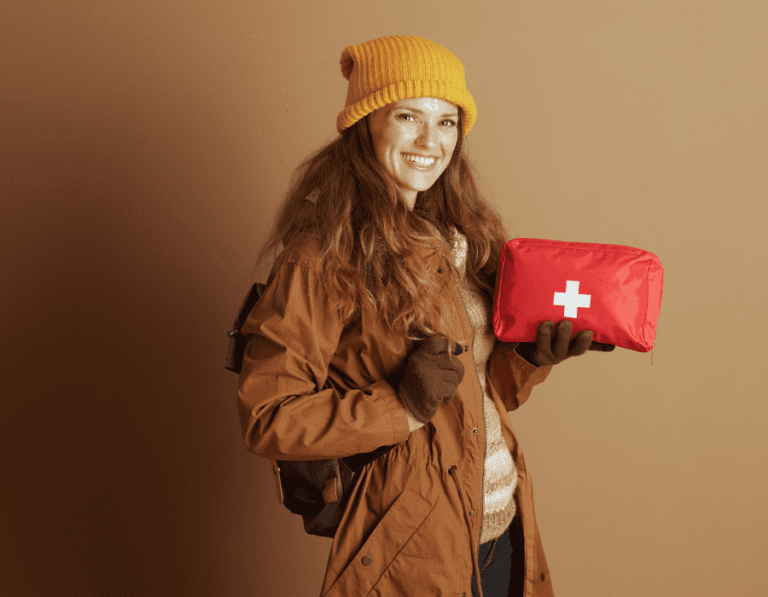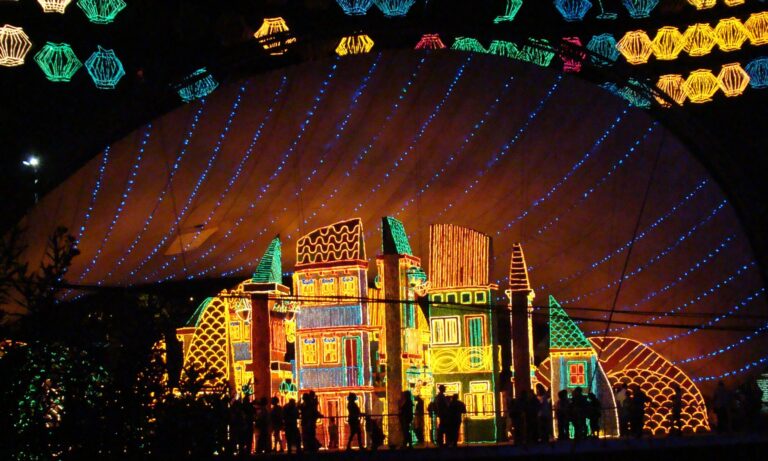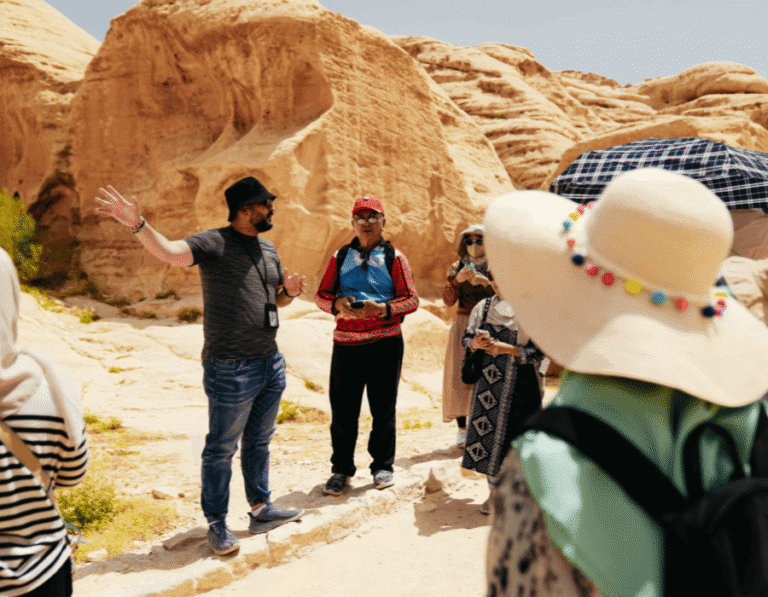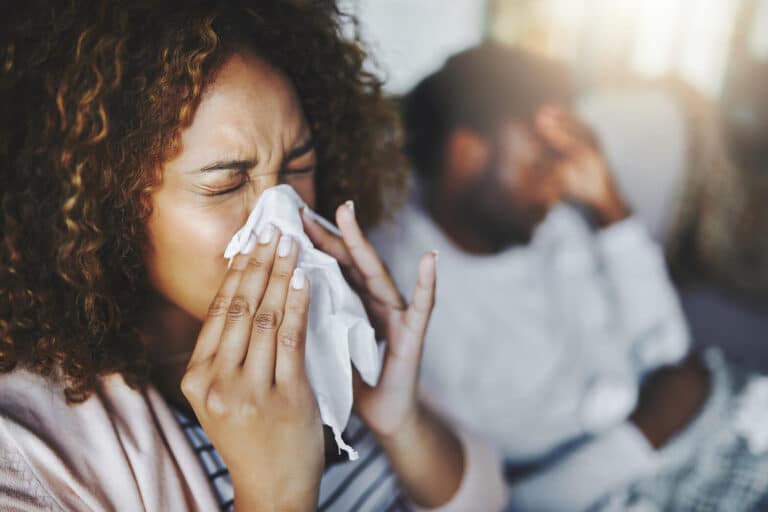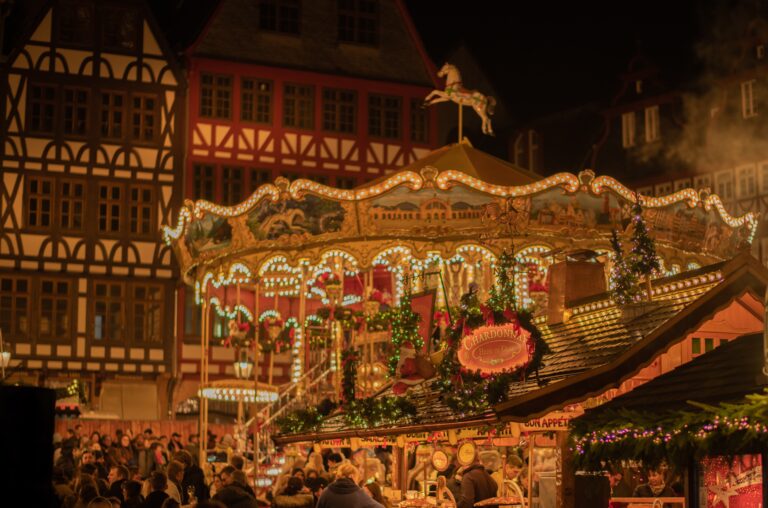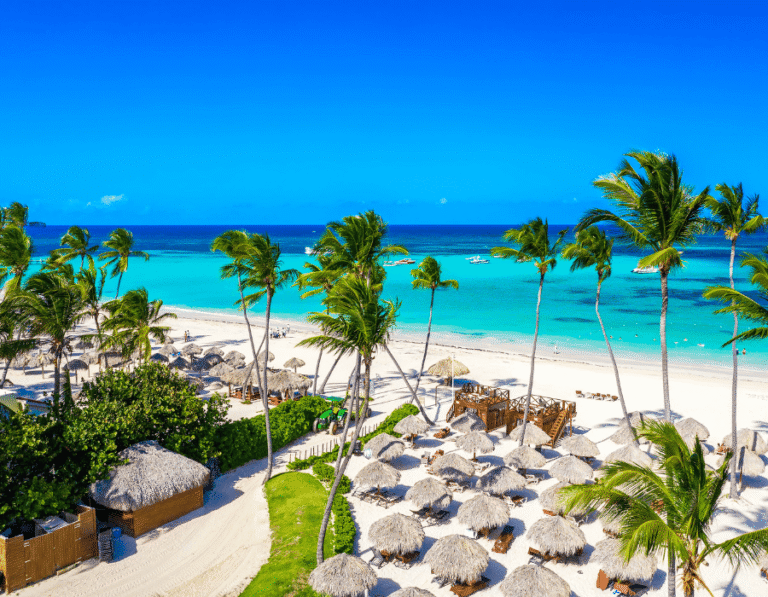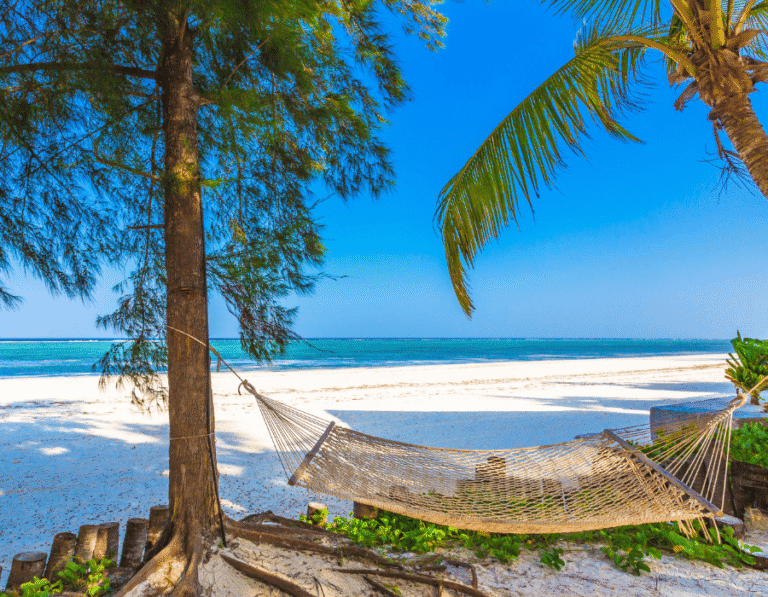If you’re heading to Manila, you’re about to experience one of Southeast Asia’s most vibrant cities. Manila is busy, colorful, sometimes chaotic — but once you settle in, you’ll see it’s full of warmth, amazing food, fascinating history, and some of the friendliest people you’ll ever meet.
It’s true: Manila can be a little overwhelming at first. Traffic jams, unpredictable weather, and hidden scams can catch you off guard. But don’t worry — a few smart Manila travel tips can help you enjoy every jeepney ride, street food stop, and sunset stroll along Manila Bay.
Whether you’re here for a stopover, a family trip, or even a few weeks as a digital nomad, here’s how to plan well, spend wisely, and make your stay memorable (and stress-free).
What Makes Manila So Special?
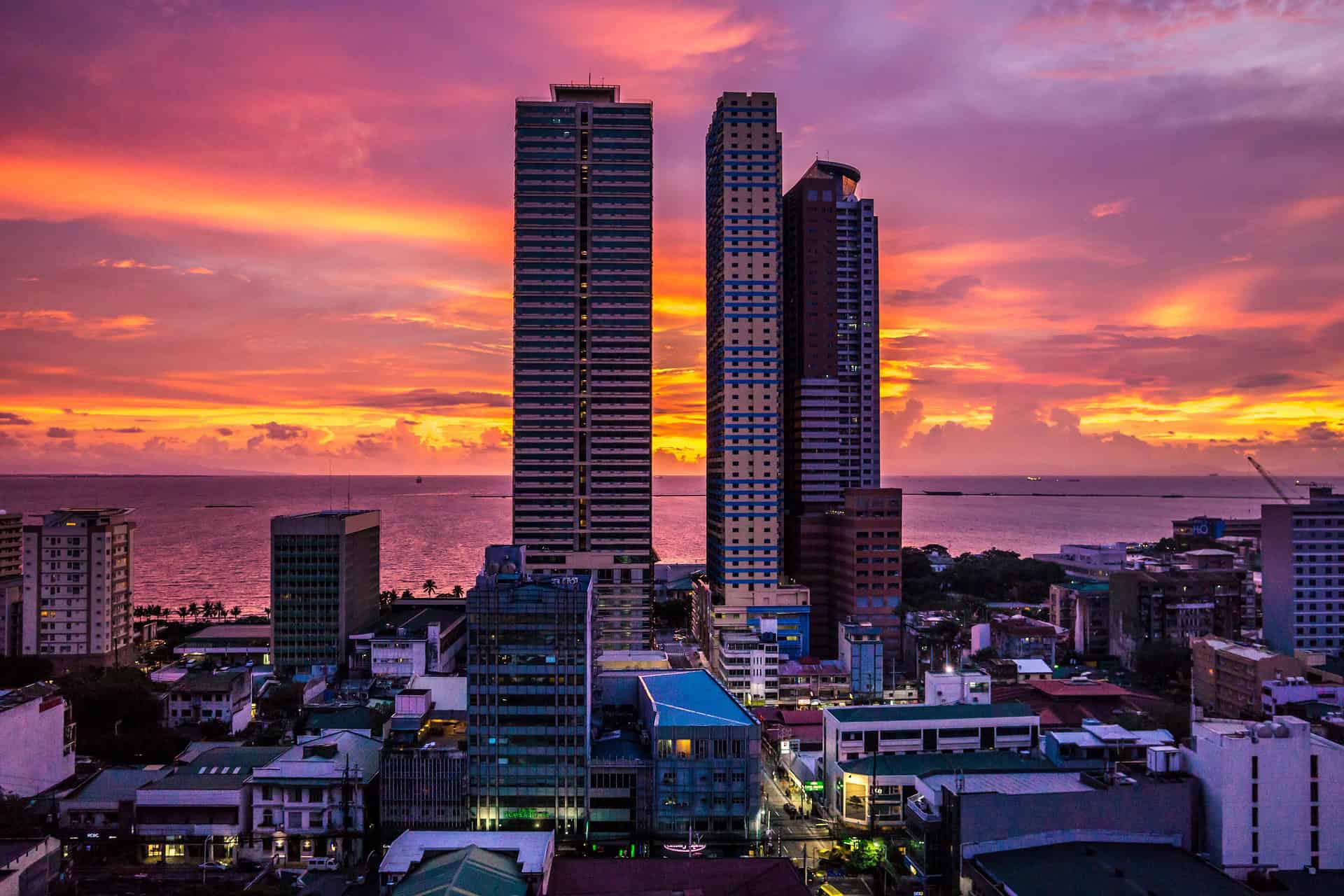
Some travelers pass through Manila quickly, but those who stay a while fall in love with its energy. One minute you’re walking through centuries-old Spanish ruins, the next you’re shopping at one of the world’s biggest malls.
You’ll find hidden speakeasies behind unmarked doors, colorful jeepneys racing past high-rise condos, and hole-in-the-wall carinderias (local eateries) that serve some of the best food you’ll ever taste.
It’s noisy and imperfect — but if you embrace the chaos, you’ll find a city that welcomes you with a smile.
Getting From the Airport to the City Center
Arriving at Ninoy Aquino International Airport (NAIA) is your first Manila challenge — it’s close to downtown, but the traffic can be unpredictable.
P2P Buses
Point-to-Point (P2P) buses are one of the easiest ways to get from the airport to places like Makati, Pasay, or Ortigas. They’re air-conditioned, affordable, and safer than some regular city buses.
- Buy tickets at airport counters.
- Keep small change handy.
- P2P buses have Wi-Fi — a nice bonus after a long flight.
Taxis
Airport taxis come in two types: Yellow and White. Yellow ones are regulated for airport pickups — more expensive than regular city taxis but safer. Always ask the driver to use the meter or agree on the fare upfront. Don’t accept rides from random people who approach you in the arrivals hall.
Ride-Sharing Apps
Grab is a lifesaver in Manila. The app works just like Uber. It’s often cheaper than a taxi and more secure, as you’ll see your driver’s name, plate number, and fare upfront.
Private Transfers & Hotel Shuttles
If you’re traveling as a family or with heavy luggage, check if your hotel offers an airport pickup. Some include it in your booking, especially if you’re staying in a larger hotel or resort.
Getting Around Manila Like a Local
Manila’s traffic is legendary. Leave extra time to get anywhere — seriously.
Jeepneys
Jeepneys are the city’s iconic public ride. They’re colorful, noisy, and cheap. But they can be confusing for first-timers:
- Ask locals which route number to take — don’t be shy!
- Have small coins ready.
- Hold on tight — jeepneys stop suddenly.
Buses & MRT/LRT
If you’re traveling longer distances, city buses and the MRT/LRT train lines can be faster than sitting in traffic. The MRT runs along EDSA, Manila’s busiest road. Avoid rush hour if you can — trains get extremely packed.
Ride-Sharing & Taxis
For comfort, Grab is still your best bet, especially late at night. Always book your ride through the app. If you take a regular taxi, ask to use the meter — if they refuse, find another cab.
Walking
In some parts of Manila — like Intramuros or Bonifacio Global City (BGC) — it’s safe and enjoyable to walk. In older districts, sidewalks can be uneven, so wear comfy shoes.
What to Eat in Manila & Where to Find It
Filipino food is delicious, bold, and comfortingly homey — and Manila is the best place to try it all.
Must-Try Local Dishes
- Adobo: Pork or chicken braised in vinegar, soy sauce, garlic, and spices.
- Sinigang: A tangy soup made with tamarind, vegetables, and meat or seafood.
- Lechon: Crispy roasted pork, often served at parties — try a local lechon restaurant.
- Kare-Kare: A peanut stew with oxtail and vegetables — best eaten with bagoong (fermented shrimp paste).
- Halo-Halo: A rainbow dessert of shaved ice, sweet beans, fruit, jellies, and flan — all mixed together.
Where to Eat
- Carinderias: Tiny, family-run eateries — look for busy ones, they’re the freshest.
- Street Food: Try fish balls, isaw (grilled chicken intestines), and BBQ skewers.
- Food Markets: Mercato Centrale is a fun night market packed with local street food.
- Malls: Manila’s mega-malls have amazing food courts with local and international options.
Sightseeing & Attractions
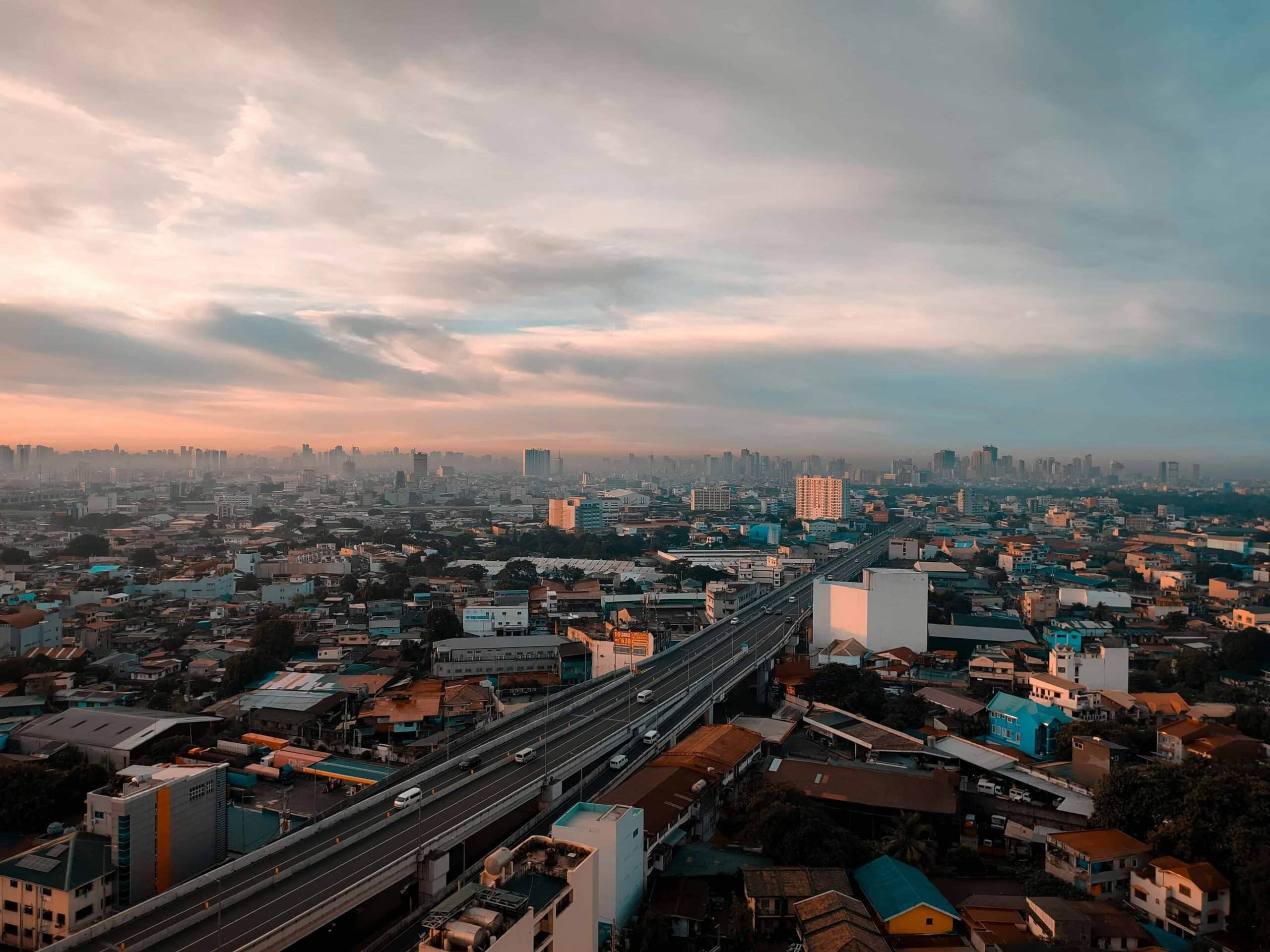
Intramuros — The Walled City is the historic heart of Manila. Walk its cobbled streets, visit Fort Santiago, and stop by San Agustin Church — the oldest stone church in the Philippines.
Rizal Park (Luneta) — A beautiful green space with monuments and fountains. A must-see if you’re curious about the country’s national hero.
Binondo Chinatown — The oldest Chinatown in the world! Hop from noodle houses to old temples, then grab an egg tart or buchi (sweet rice balls).
National Museum Complex — The National Museum of Fine Arts, Natural History, and Anthropology are all worth a visit — and entry is free!
Manila Baywalk — Best at sunset. You’ll see local families strolling and street vendors selling snacks.
Hidden Gems: Join a street art or local food walking tour — or check out a sunset ferry cruise on the Pasig River.
Family-Friendly Things to Do
Manila might not be the first place you think of for family travel — but it has lots for kids.
- Manila Ocean Park: An aquarium with ocean tunnels and animal encounters.
- Museo Pambata: A fun, interactive kids’ museum.
- Quezon Memorial Circle: A huge park with playgrounds and bike rentals.
- Star City: A small amusement park near the bay.
If you’re staying in a hotel with a pool — even better! Manila’s heat means kids will love a swim break.
Where to Stay in Manila
Picking the right area makes a big difference:
Makati:
Modern, safe, and full of restaurants and malls — great for business travelers or first-timers.
Bonifacio Global City (BGC):
Trendy, clean, and family-friendly with parks and cafes.
Ermita/Intramuros:
Ideal if you want to be near historical sites and the bay.
Pasay:
Handy if you want to be close to the airport or big malls like Mall of Asia.
Best Time to Visit Manila
- Dry Season (December–May): Warm and mostly sunny — the best time to visit.
- Rainy Season (June–November): Humid and wet, but good deals and fewer crowds.
- Christmas & Holy Week: Manila is festive but busy — book early and pack your patience.
Free & Budget-Friendly Things to Do
- Explore Intramuros and its old churches.
- Picnic at Rizal Park.
- Visit Paco Park — a peaceful hidden garden.
- Stroll through Quiapo Church area and watch local life.
- Check free exhibits at the National Museum Complex.
Entertainment & Nightlife
Manila loves to party — from chill rooftop bars to karaoke joints.
- Poblacion (Makati): Hip neighborhood full of bars, speakeasies, and hostels.
- BGC: Trendy spots, craft beer bars, and outdoor lounges.
- Cultural Nights: Look for local gigs, indie film screenings, or comedy nights — check Facebook Events to see what’s on.
Staying Safe in Manila
Manila is generally safe if you stay aware.
- Keep bags zipped, especially on crowded jeepneys.
- Use ATMs in malls or banks.
- Avoid flashy jewelry or big wads of cash.
- Politely decline touts offering “cheap tours” on the street.
- Use Grab to get home safely at night.
- If you’re sick in Manila, use Air Doctor and get back to your trip!
Packing Essentials for Manila
- Light, breathable clothes — it’s hot and humid.
- Comfortable walking shoes.
- An umbrella or light rain jacket.
- Small bills for street food and jeepneys.
- Power adapter for plugs (same as US-style).
- Sunscreen, bug spray, and a reusable water bottle.
Final Thoughts
Manila isn’t polished — but that’s its charm. It’s noisy, lively, a little wild — and full of heart. Embrace the local vibe, eat like a local, ride a jeepney at least once, and you’ll find yourself smiling at every “Mabuhay!” along the way.
About Air Doctor
With the Air Doctor app in your pocket, you can access medical care and receive expert medical guidance anywhere you travel.
Air Doctor offers a wide range of benefits, including:
- A global network of over 20,000 multi-lingual doctors and specialists
- Choice of clinic, at-home (hotel), and video consultations
- Healthcare access in 90 countries
- 24/7 multi-lingual support
- Transparent pricing and reviews
- Most common medical specialties, including GPs, pediatricians, and gynecologists
FAQs
Tipping isn’t required, but rounding up or leaving 5–10% at restaurants is appreciated.
Yes! English is an official language — you’ll have no problem in restaurants, shops, and hotels.
Cards are common in malls and hotels, but keep small bills for street food, jeepneys, and local markets.



